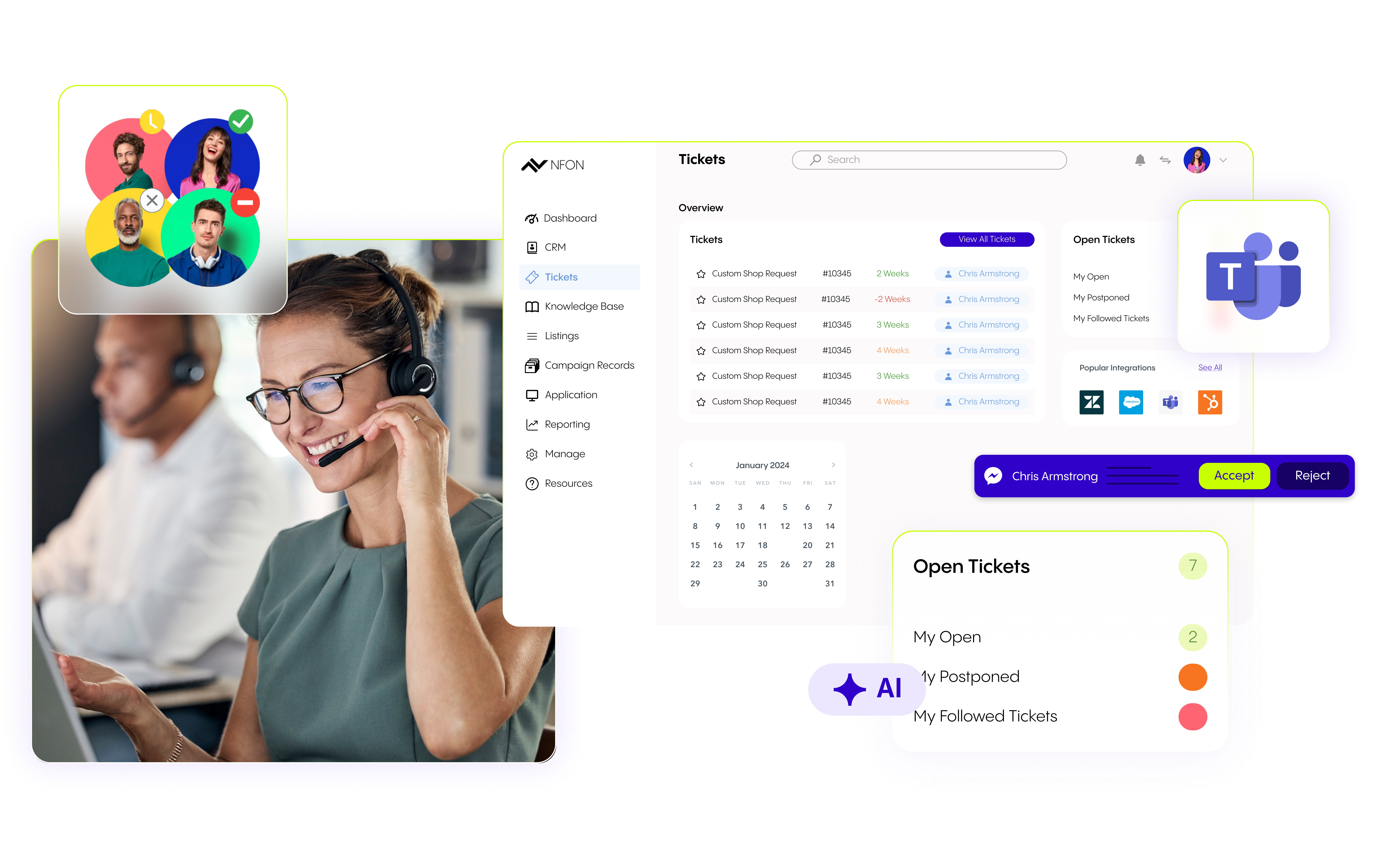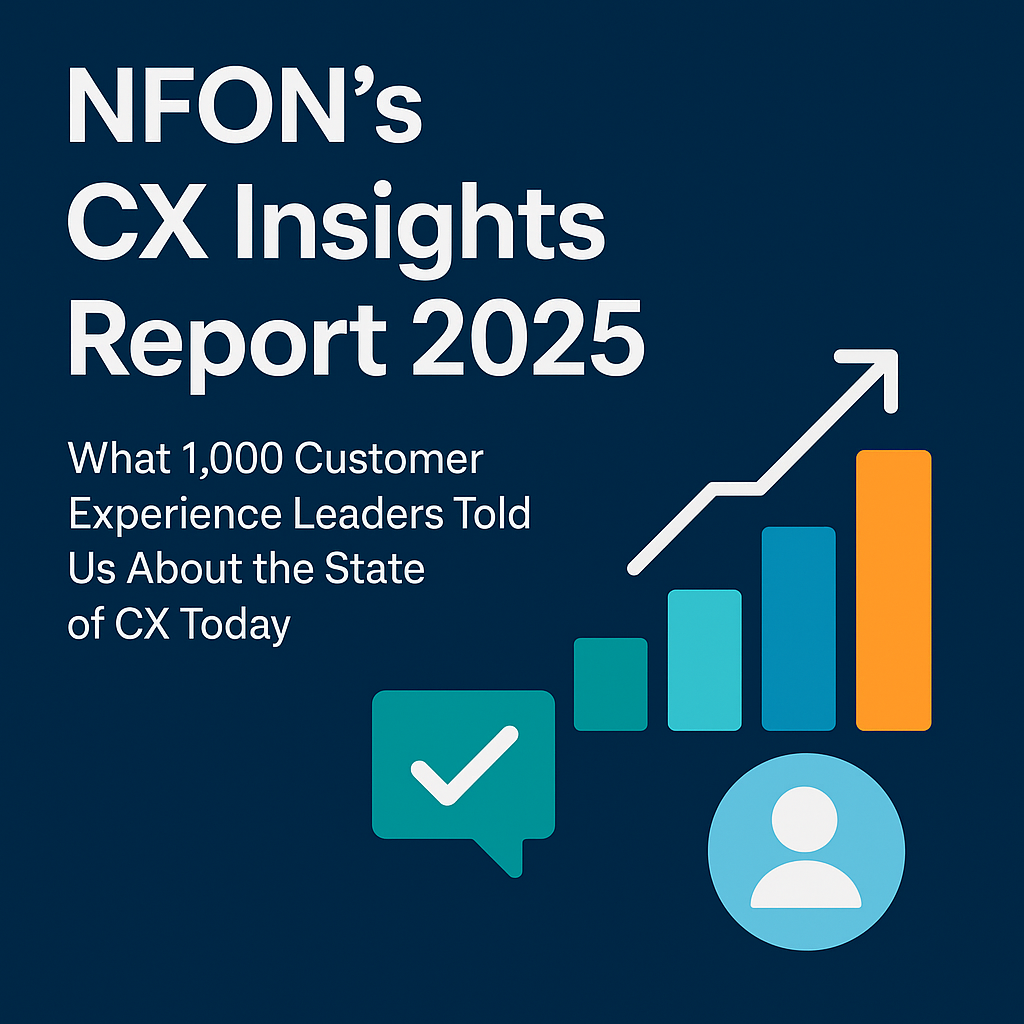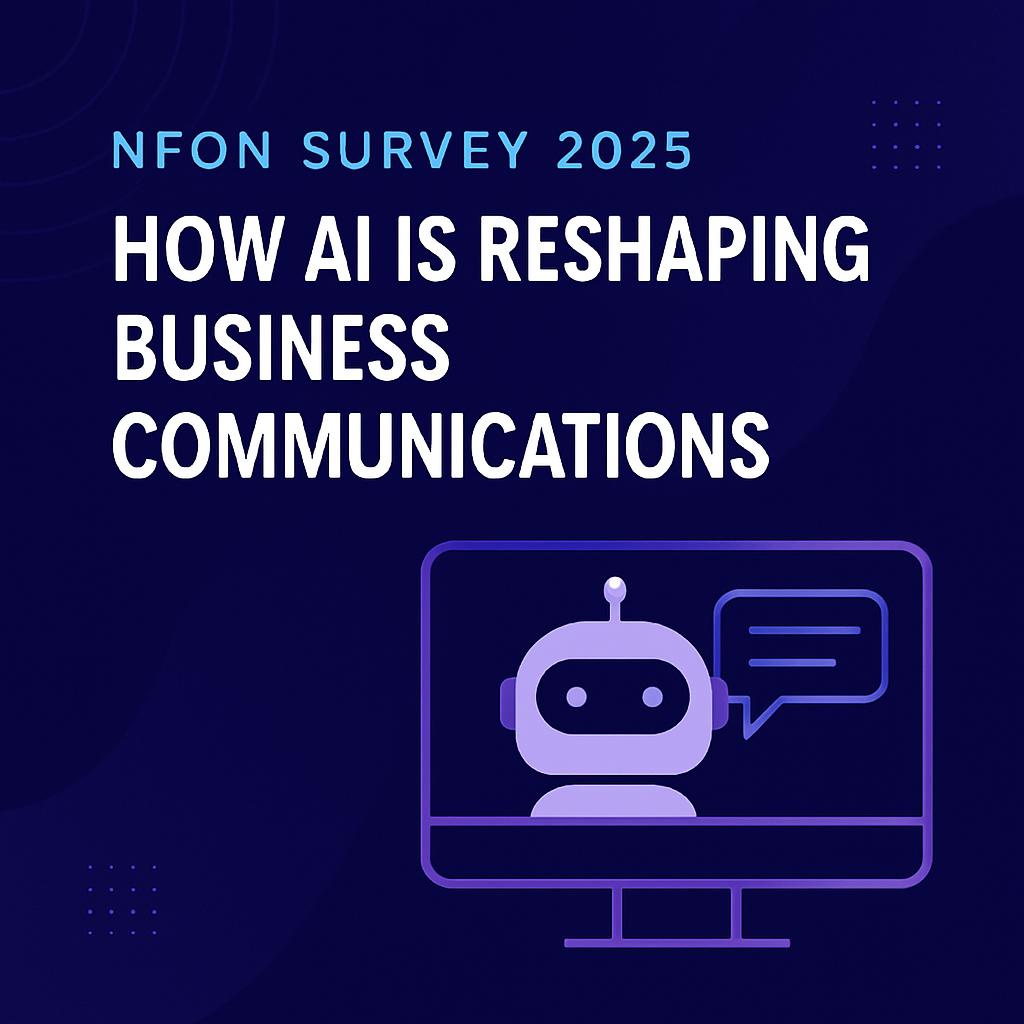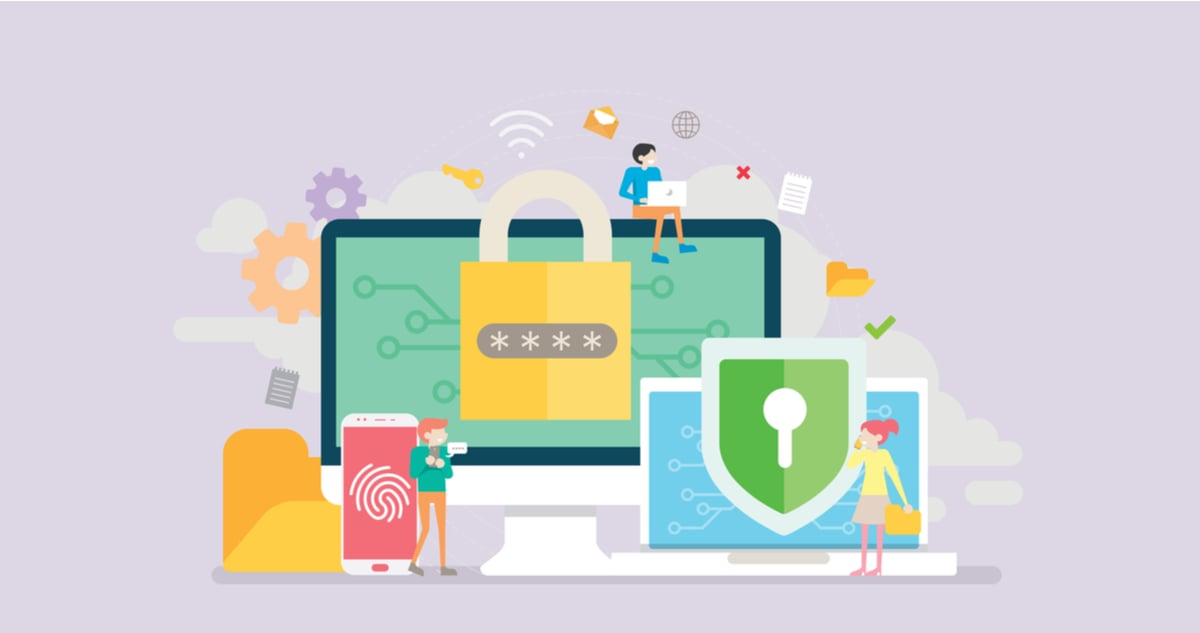What trends have you observed in how customers are adopting Microsoft Teams for collaboration, and how are they using it to enhance engagement with clients?
Many companies are adopting Microsoft Teams as a central platform to consolidate all forms of communication—messaging, video calls, file sharing, and task management—which enhances internal collaboration and improves client interactions. By centralising these touchpoints, client engagement becomes seamless and well-documented, allowing for smooth handoffs between teams and reducing communication silos. Teams’ integration with CRM, ERP, and productivity apps like Dynamics 365, Salesforce, and Office 365 further supports this approach, bringing essential client data directly into conversations and empowering client-facing teams with up-to-date information for more productive interactions.
Organisations increasingly use Teams for client onboarding and training through live or recorded sessions, establishing a higher level of service engagement. Dedicated Teams channels are also set up to manage ongoing client support, ensuring quick response times and creating a documented support journey. Automated workflows and bots in Teams allow companies to streamline routine tasks such as follow-ups, scheduling, and reminders, freeing up sales teams to focus on high-impact interactions and ensuring consistent engagement with clients. AI capabilities within Teams, like automated meeting summaries and insights, help track client sentiment, follow up on action items, and personalise client interactions, making engagement more data-driven and effective.
Additionally, many companies enhance client communication by integrating calling solutions into Teams, like NFON’s voice integration for Teams, allowing them to manage voice communications alongside chat, video, and other collaborative tools. This provides a comprehensive engagement platform that not only improves the client experience but also strengthens customer retention. Through these diverse functionalities, Teams has become a robust tool for fostering collaboration, deepening client relationships, and streamlining workflows.
What are some common challenges organisations face when using Microsoft Teams to engage with customers, and how can these be mitigated?
Businesses using Microsoft Teams for client engagement face challenges such as managing external access, ensuring data security, organising workflows, and maintaining consistent engagement. Granting external access for client collaboration can create security risks, but Teams’ guest access and permissions settings allow organisations to offer clients appropriate access while protecting sensitive information. Regular permission reviews and setting expiration dates for external users add further security. Compliance with data protection regulations, such as GDPR, can also be challenging, especially when sharing sensitive data. By enforcing data governance policies within Teams, like configuring data loss prevention (DLP) settings and using encryption and advanced threat protection, organisations can secure information and meet compliance requirements.
Teams’ various communication channels can lead to disorganised client interactions, potentially causing missed follow-ups. To address this, organisations create structured channels or dedicated client workspaces, centralising conversations, files, and tasks for easy tracking. Project management tools like Planner or third-party CRM integrations also help manage tasks and maintain a clear overview of client engagements. Clients unfamiliar with Teams may initially struggle with the platform, impacting engagement. Offering quick onboarding, video guides, or simple tutorials helps ease clients into using Teams, making interactions more productive and accessible.
Maintaining consistent engagement can be difficult with the variety of tools available in Teams, but establishing a standardised engagement process with regular check-ins, follow-up reminders, and structured meeting agendas supports continuity. Teams bots and Power Automate workflows can further streamline recurring engagement tasks, ensuring interactions remain timely, organised, and client-focused. By implementing these strategies, organisations can address these challenges effectively and optimise Teams as a client engagement platform.
How can businesses ensure secure and compliant customer interactions when using Teams, especially in highly regulated industries?
To ensure secure and compliant customer interactions on Teams, especially in highly regulated industries, businesses should leverage Microsoft Teams’ comprehensive security features alongside strict governance practices. Setting up data loss prevention (DLP) policies allows companies to restrict the sharing of sensitive information and automatically flag potential breaches, protecting both client data and regulatory compliance. Enforcing multi-factor authentication (MFA) and using encryption for all communications add essential layers of security to prevent unauthorised access and ensure data privacy. Configuring role-based permissions and carefully managing guest access are also crucial; by assigning only necessary permissions and regularly reviewing access rights, businesses can limit exposure to sensitive data. Microsoft’s compliance features, such as audit logs, retention policies, and e-discovery tools, allow organisations to track, store, and retrieve communications as required by regulatory standards, ensuring data handling is auditable and transparent. Training employees on Teams’ security protocols, data handling best practices, and regulatory requirements further strengthens compliance. By combining these strategies, businesses can confidently use Teams to engage with customers securely and in line with regulatory expectations.
Where do you see the future of customer engagement with Microsoft Teams heading, and what emerging trends should businesses keep an eye on?
The future of customer engagement with Microsoft Teams is heading toward a more integrated, AI-driven experience that enhances personalisation and efficiency. As AI tools within Teams continue to evolve, UK businesses can expect more advanced features for tracking customer sentiment, automating routine interactions, and providing instant insights to improve service quality. Integrations with CRM and productivity tools are likely to deepen, making it easier for businesses to access and leverage customer data in real-time during interactions, creating a seamless customer experience. The rise of virtual and hybrid meetings will also drive demand for more immersive, interactive communication formats, where features like real-time transcription, language translation, and enriched collaboration spaces become standard. Moreover, with increasing regulatory demands around data privacy, UK businesses should watch for updates in Teams’ compliance and data governance tools, ensuring they can meet evolving standards while maintaining secure customer relationships. As Teams becomes a full-service customer engagement platform, UK businesses should stay alert to developments in AI capabilities, enhanced integrations, and regulatory features to remain competitive and responsive to customer needs.
If you'd you like to know more about the voice integrations, recording and analytics solutions for Microsoft Teams* that we provide you can can get in contact with us directly by calling 020 3 7410 6740, or if you'd prefer by emailing hello-uk@nfon.com
*Microsoft Teams is a registered trademark of the Microsoft group of companies









